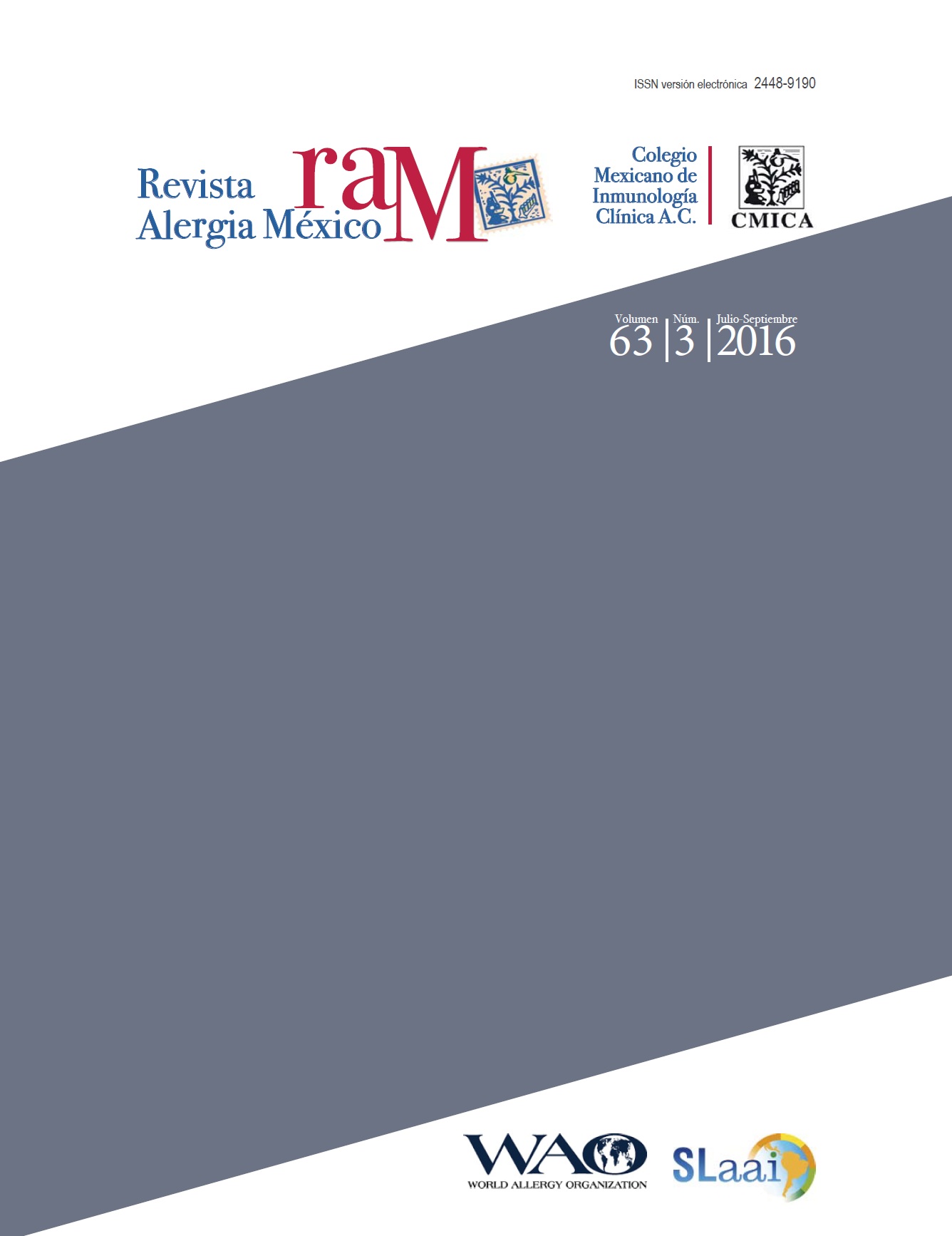Abstract
The variables in a research study are all that is measured, the information collected, or the data that is collected in order to answer the research questions, which are specified in the objectives. Their selection is essential to the research protocol. This article aims to point out the elements to be considered in the section of the variables. To avoid ambiguity, it is necessary to select only those that will help achieve the study objectives. It should subsequently be defined how they will be measured to ensure that the findings can be replicated; it is therefore desirable to include conceptual and operational definitions. From the methodological point of view, the classification of variables helps us understand how the relationship between them is conceptualized. Depending on the study design, the independent, dependent, universal, and confounding variables should be noted. Another indispensable element for planning statistical analyses is the scale of variable measurement. Therefore, one must specify whether the variables correspond to one of the following four: qualitative nominal, qualitative ordinal, quantitative range, or quantitative ratio. Finally, we should detail the measurement units of each variable.
References
Bland JM, Altman DG. Statistical methods for assessing agreement between two methods of clinical measurement. Lancet. 1986;1:307-310.
Bland JM, Altman DG. Comparing methods of measurement: why plotting difference against standard method is misleading. Lancet. 1995;346:1085-1087.
Bland JM, Altman DG. Measuring agreement in method comparison studies. Stat Methods Med Res. 1999;8:135-60.
Gaspar A, Miranda G, López E, Rodríguez K, Segura N. Estimación de la tasa de filtración glomerular en adultos con inmunodeficiencia común variable tratados con inmunoglobulina intravenosa. ¿Qué fórmula utilizar? Rev Alerg Mex. 2014;61:45-51.
López-Pérez P, Miranda-Novales G, Segura-Méndez NH, Del Rivero-Hernández L, Cambray-Gutiérrez C, Chávez-García A. Estudio de la calidad de vida en pacientes adultos con inmunodeficiencia común variable usando el cuestionario SF-36. Rev Alerg Mex. 2014;61:52-58.
De Muth JE. Preparing for the first meeting with a statistician. Am J Health Syst Pharm. 2008;65:2358-66. doi: 10.2146/ajhp070007
Abramson JH. Survey methods in community medicine. An introduction to epidemiological and evaluative studies. Tercera edición. UK: Churchill Livingston; 1984.
Marateb HR, Mansourian M, Adibi P, Farina D. Manipulating measurement scales in medical statistical analysis and data mining: A review of methodologies. J Res Med Sci. 2014;19(1):47-56.
Arias-Gómez J, Villasís-Keever MÁ, Miranda-Novales MG. El protocolo de investigación III: la población de estudio. Rev Alerg Mex. 2016; 63(2):201-206.

This work is licensed under a Creative Commons Attribution-NonCommercial 4.0 International License.
Copyright (c) 2016 Revista Alergia México

